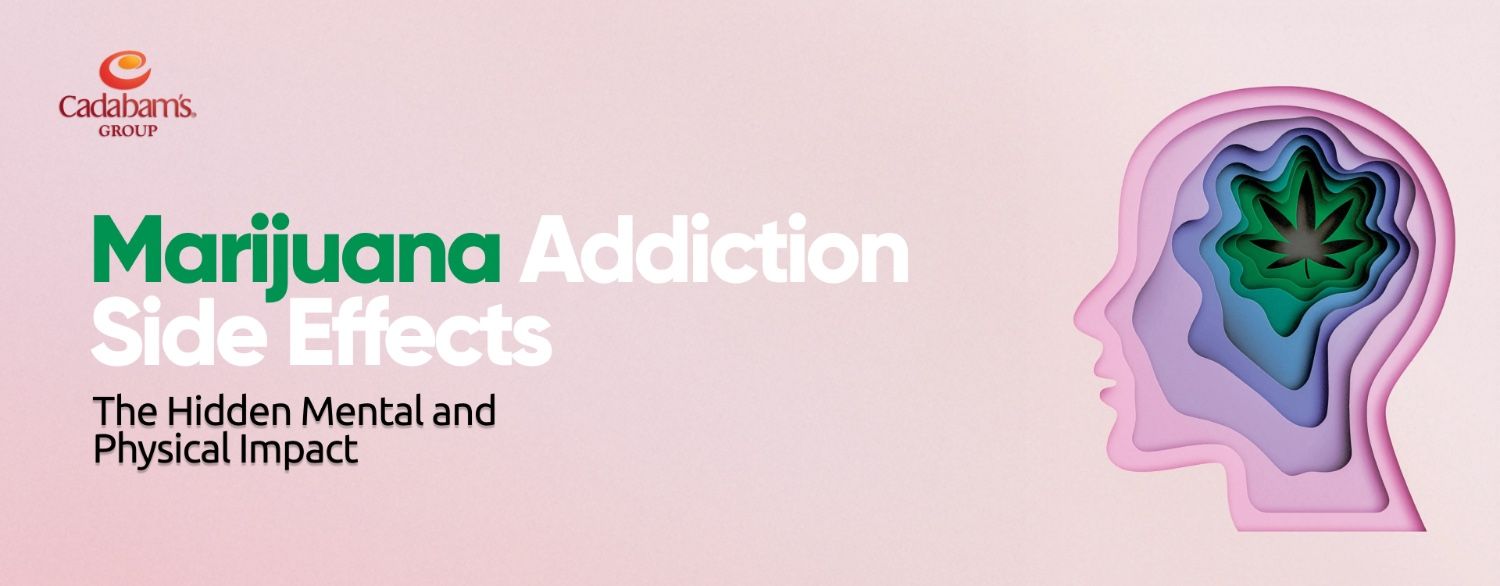The Family Impact
The social disadvantage and subordination of women on the one hand. And the rapid socio-cultural and economic changes on the other have significantly altered traditional structures and institutions within society. Such changes are invariably associated with social upheaval and drug abuse is a known outcome of such change.
Drug abuse poses various kinds of problems impacting not just the individual user, but also on the family and society. It is the family to which the dependent user causes emotional or physical distress or crisis. The relationships suffer, financial resources get depleted, health costs increase.
The Physical Risk
There are greater employment problems and increased emotional stress. The consequences of drug abuse are often more on the families in poverty-stricken circumstances. Sexual relationships can become adversely affected. There is a serious risk of transmission of HIV and other blood-borne viruses. To partners of infected drug users and of contracting sexually transmitted diseases.
Drug use identifies with domestic violence, which in turn aggravates the physical and emotional distress of the family. Non-drug using partner may also take drugs or alcohol for solace. When the drug user stops taking responsibilities on account of drug use, the common family response includes depression, stress and resentment.
The Mental Risk
Clearly, drug abuse impacts women dually, male drug abuse creates an enormous burden for the affected women and drug abuse per se has even graver problems for women. Within the family, it is often the woman, in the role of wife or mother who is most affected by the individual’s drug use and has to bear a significant part of the family burden. Unemployment or diversion of money for drugs creates a huge economic burden, especially in the families with low incomes.
The women were themselves working and they face tremendous hardship, working both within and outside the house of their own earnings to support the drug user’s habit. Some women refused to give money, which then led to arguments as well as domestic violence leading to further distress.
One of the major burdens faced by the women was the burden of blame – blame of being responsible for the drug use in the family member, the blame of hiding the issue from others and blame of not getting timely treatment.
Thus the woman often became the victim of not just the drug abuser, but also society. This often led to feelings of guilt, shame, embarrassment, depression, anxiety and isolation, and frequent suicidal thoughts.
Symptoms of drug abuse
In addition to emotional distress, many of the women face various health problems including weight loss, aches and pains and insomnia. A majority of them had not sought any help for the problems or for associated health problems like hypertension or diabetes. Most of them felt that their health problems would vanish if the drug abuser gave up his habit.
Many of them had attempted to take the drug abuser for treatment but failed for various reasons. Physical violence and verbal aggression varying from ‘slaps, being push around, punch and kick, being hit against the wall’ are the common forms of violence. Disturbances in the sexual area were apparent, but the awareness and protection against sexually transmitted diseases appeared low.
What is the remedy?
The lack of social supports was another important observation. With more people living in nuclear families, relatives shying away especially when there were monetary expectations. Lack of support from the family of origin together with the blame for the drug addict. All seems to put an enormous burden on these women.
Urban settings appear to be associated with patterns of drug abuse in women mirroring that of men, with probably higher risk behaviours associated with unsafe injecting and sexual practices.
Approaches of treatment and prevention, therefore, need to consider the problem of drug abuse impact on women from all these angles, as well as from the context of empowerment, support and attention to the welfare of women.
Dr Kasturi Pandiyan
.webp)







